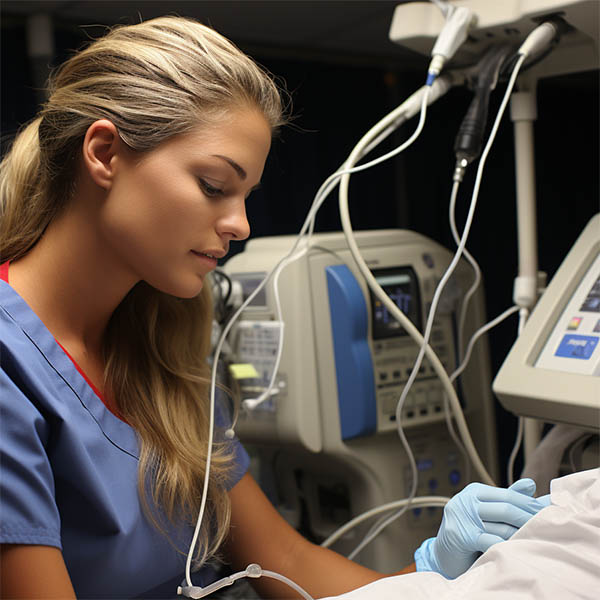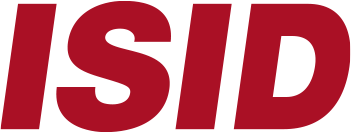What is a RIS?
A Radiological Information System (RIS) is the main system for the management of images from medical imaging devices, like, for instance, an X-Ray machine, an Ultrasound, MRI ot PET. In some sense, the functions of a RIS can overlap with those of a HIS, as the RIS can also schedule patients, manage resources, track performance, and the like, including billing functions.
In most cases, que RIS will, however, be integrated with the HIS (Hospital Information System) to avoid duplicity of functionalities. In big hospitals the RIS constributes to the overall efficiency, taking some load off the HIS.
Some frequent questions about HIS:
-
- Is a RIS absolutely necessary? That depends mainly on the size of the hospital. If it is very large, it is convenient to offload the workload to the HIS, connecting it with a RIS.
- Aren’t the functions of the RIS duplicated in the HIS? This has to do with the way the hospital works, but normally there is a clear division of tasks and both systems complement each other.
- Can I integrate a RIS with other systems? Of course. To achieve a seamless workflow in hospital operations, an RIS is typically integrated with several other systems, such as the HIS. But there may be others.
- Does a RIS manage patient appointments? Yes. It generally takes care of radiology or imaging appointments and connects with the HIS to centralize all the information.
- Does a RIS contain clinical documentation? Usually yes. This way, a doctor can access the patient’s record and see all relevant current and historical data about the patient, even if it is synchronized with the HIS.
Our VideoMed Health image analysis, management and storage platform, in its two versions: VideoMed PACS and VideoMed for OR, can be integrated with any RIS.

Key Features of a RIS:
- Systems integration: All the RIS solutions are integrated usually with the Hospital information System, so they normally provide an API or other means of connection to external systems.
- EHR (Electronic Health Record): Although the HIS is usuallyin charge of the EHR, depending on the size of the hospital, the RIS can also have this information to avoid unnecessary network traffic between both systems.
- Centralisation: The fact that the hospital can have all the digital medical images in one place is very usefull to provide access to all medical professionals involved with the same patient, albeit from outside the hospital.
- Security & Privacy: All RIS systems have to comply with national and/or international regulations, like, GDPR or HIPAA in order to guarantee safekeeping of the patient's personal data or EHR data.
Products where this technology applies to
Our product range is multi-sectoral and covers the entire lifecycle of digital information,
from its generation to its targeted reuse.
Videomed PACS for OR recording
Centralize all your medical video in one place and record all your surgeries for training, research or legal backup



Would you like to know moreabout the ISID Partner Program?
Become an ISID Reseller or Integrator joining our Partner Program today.















